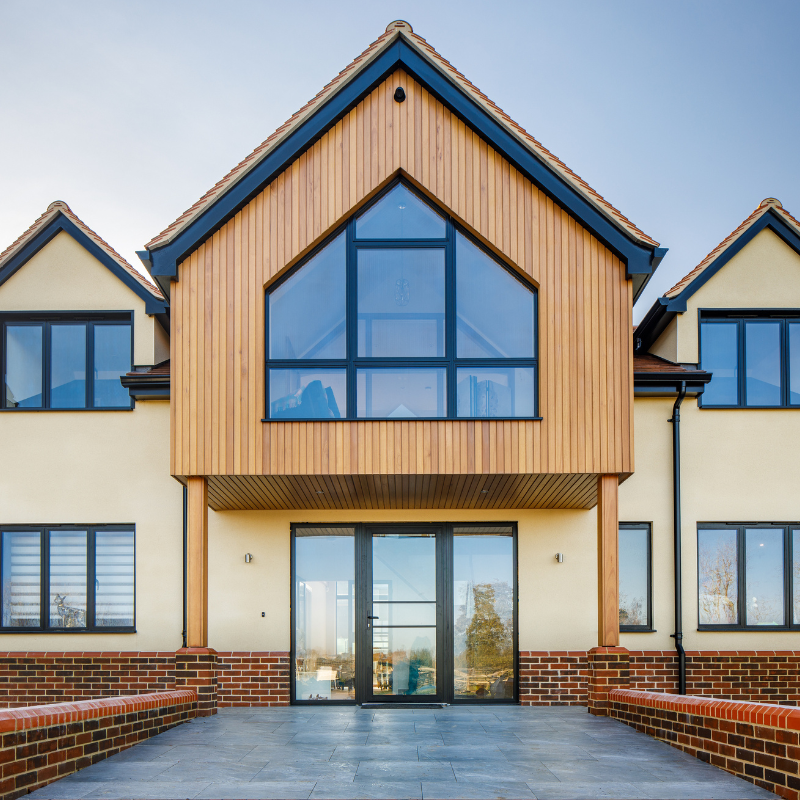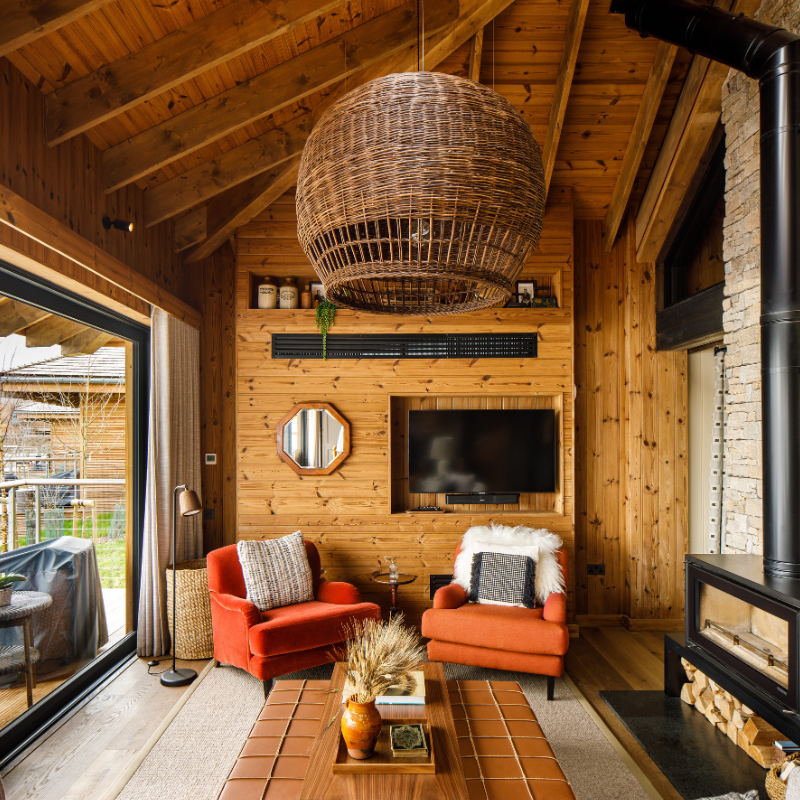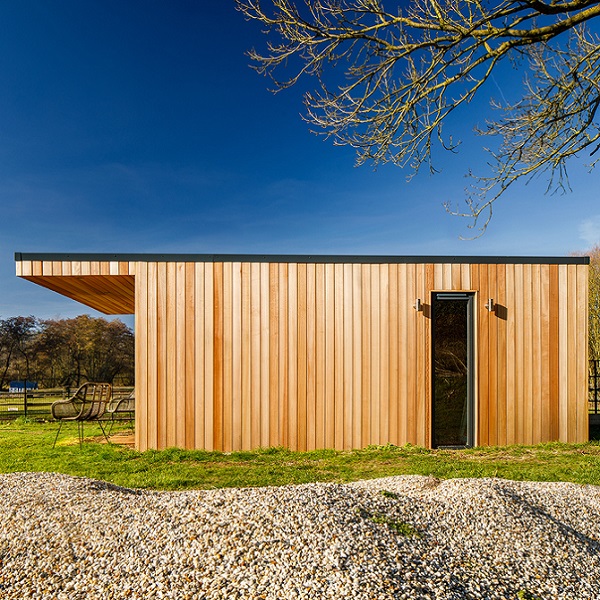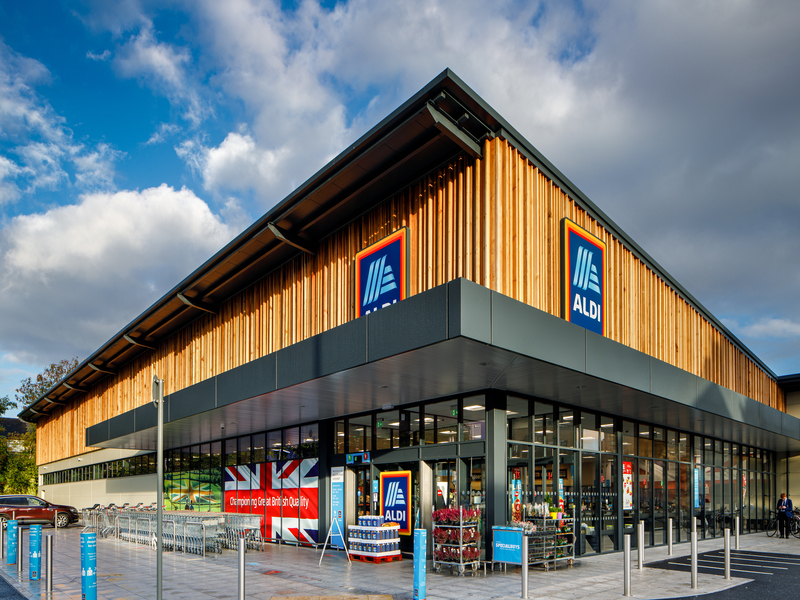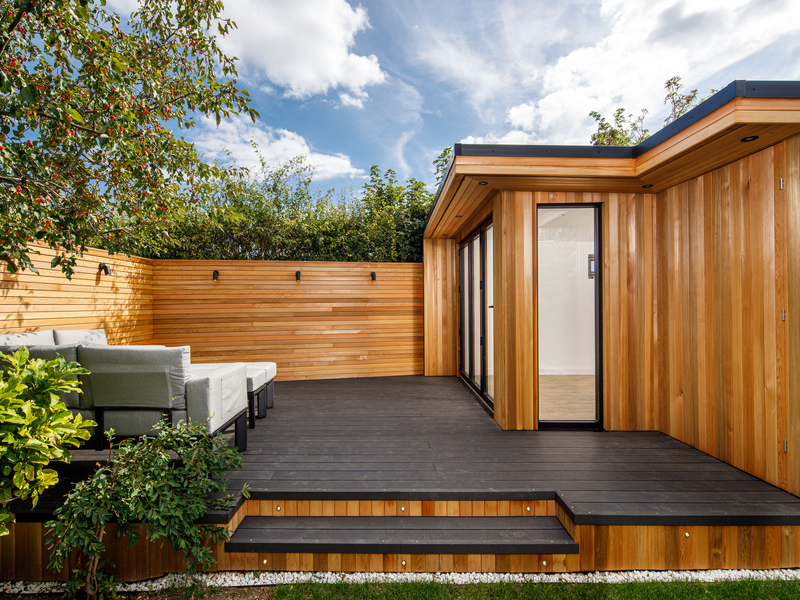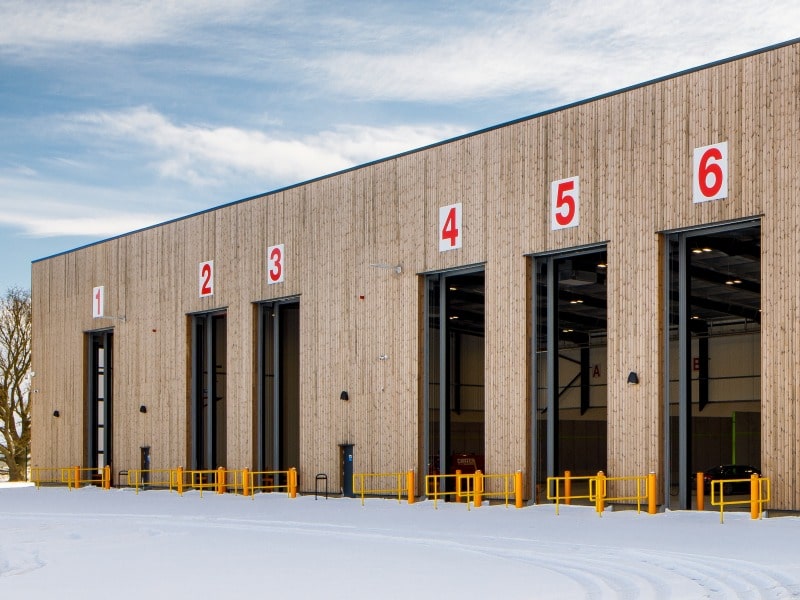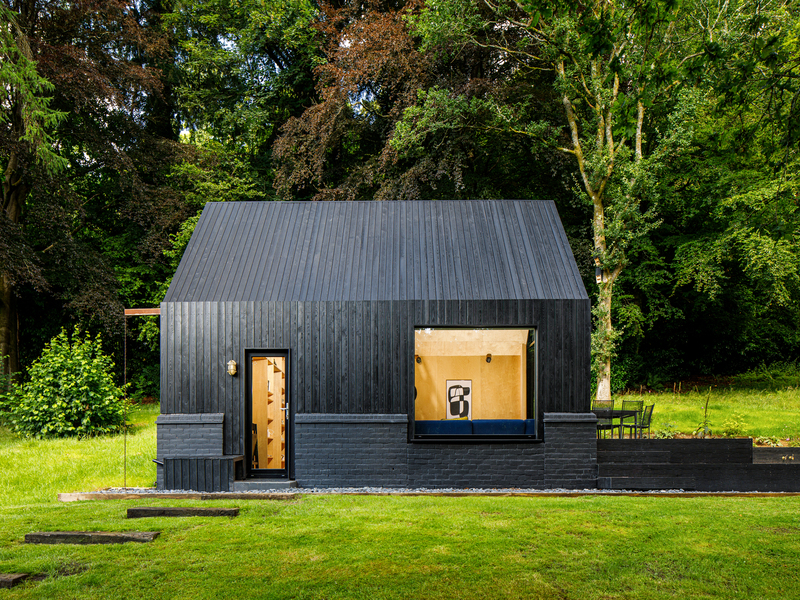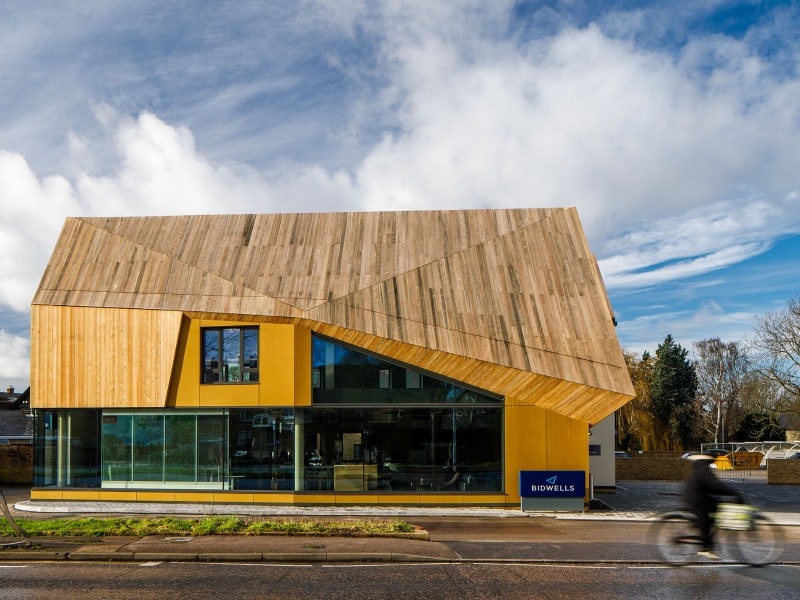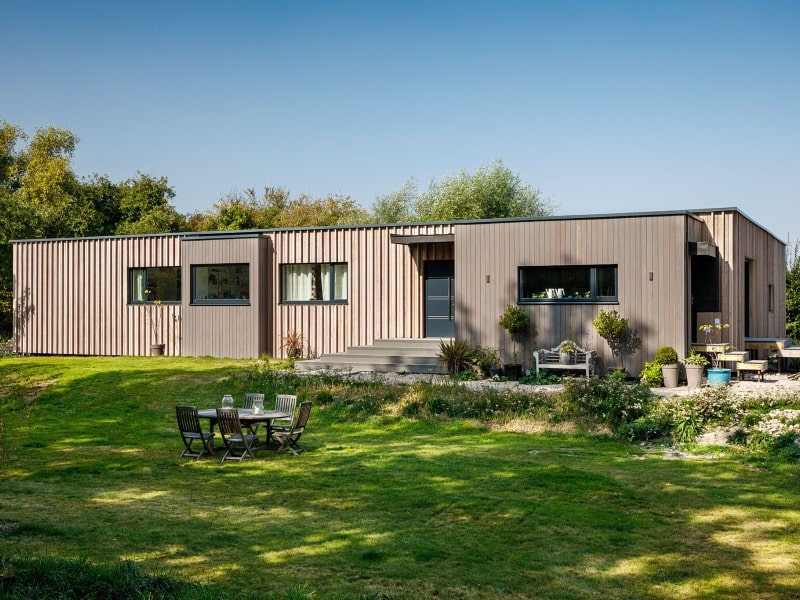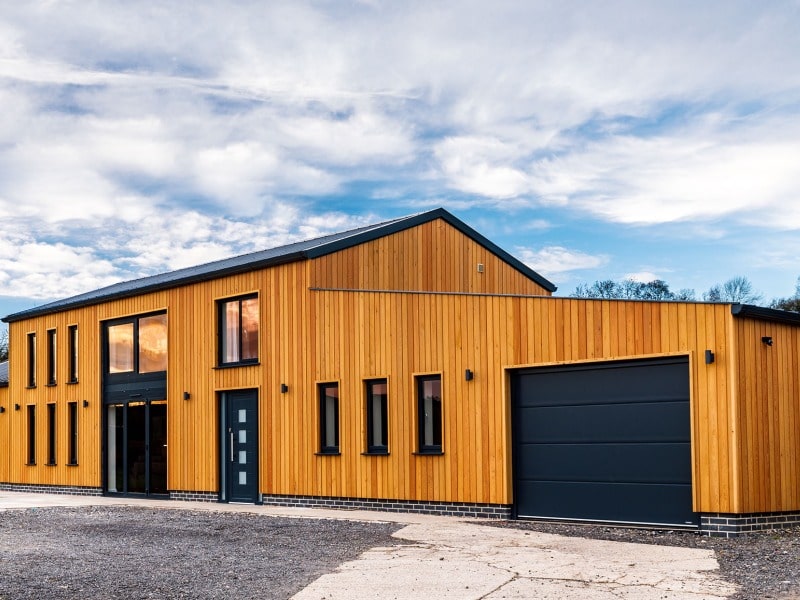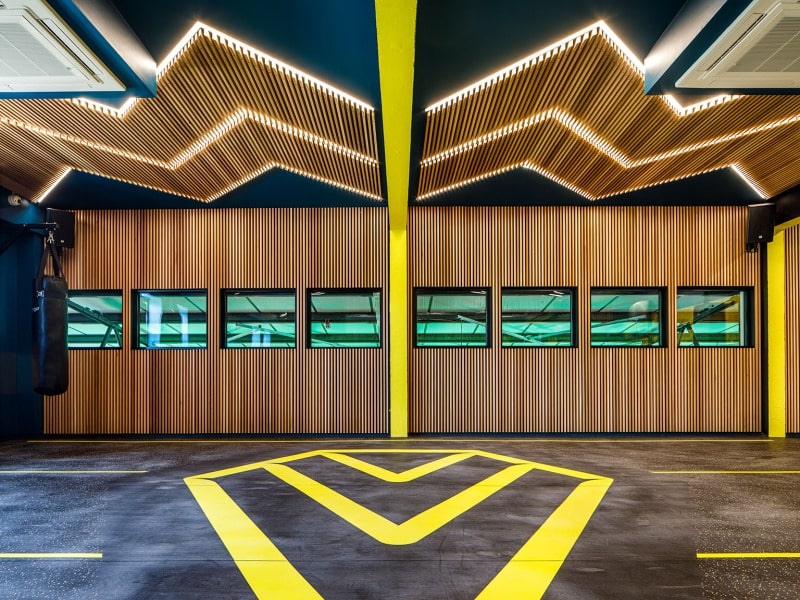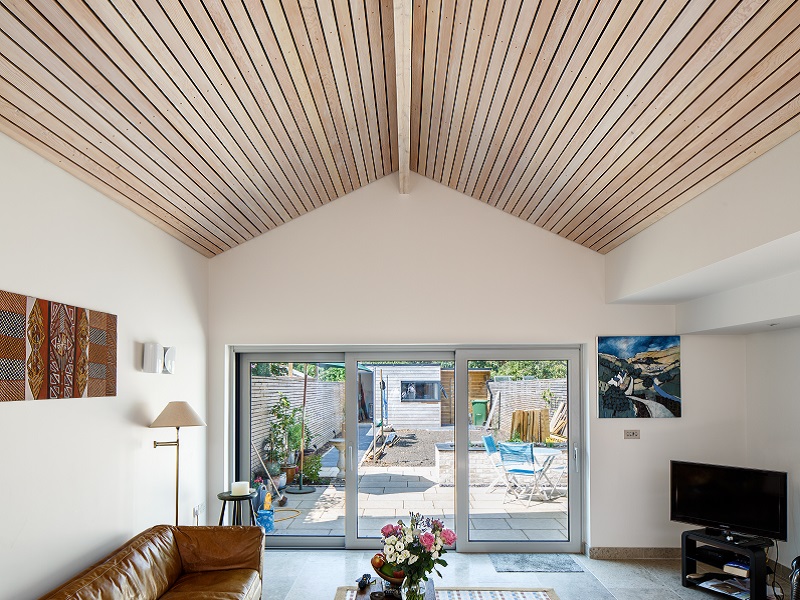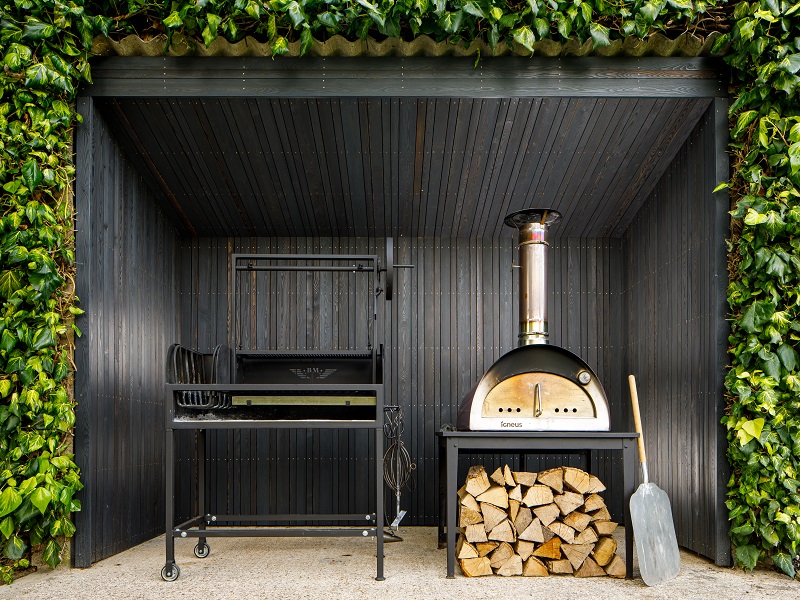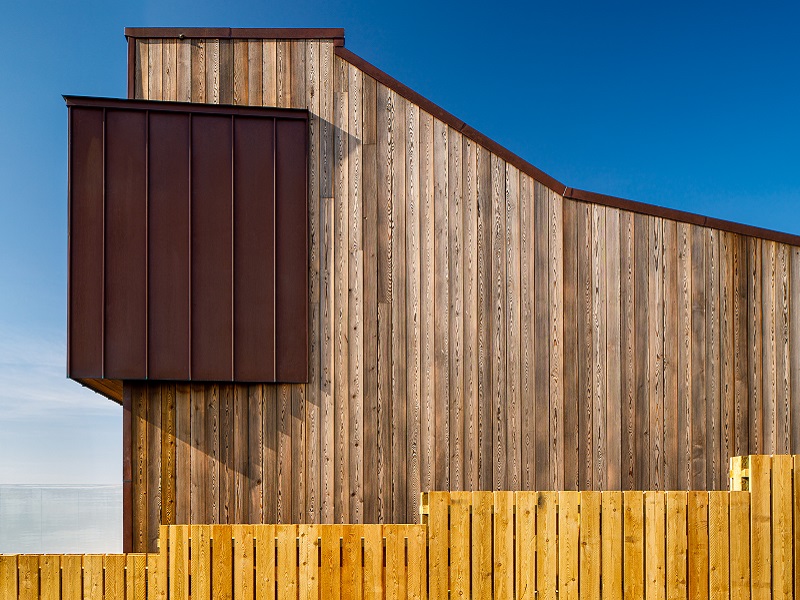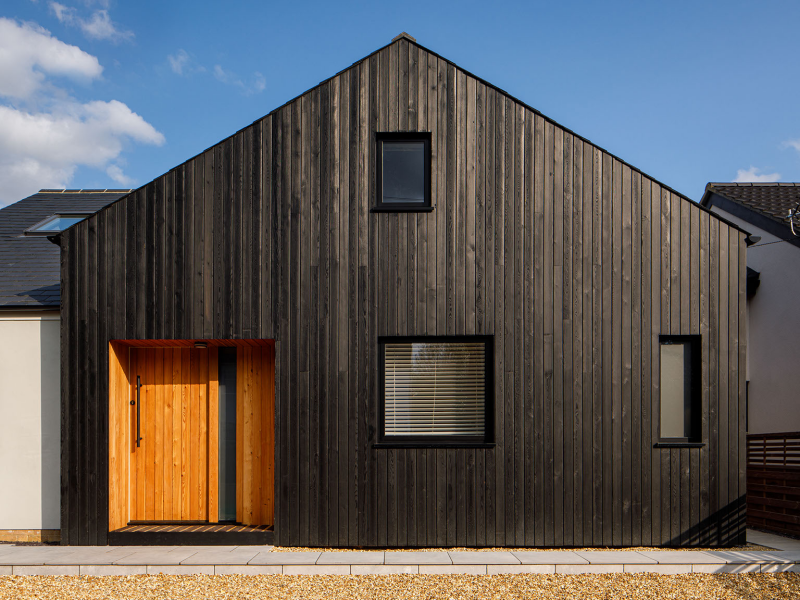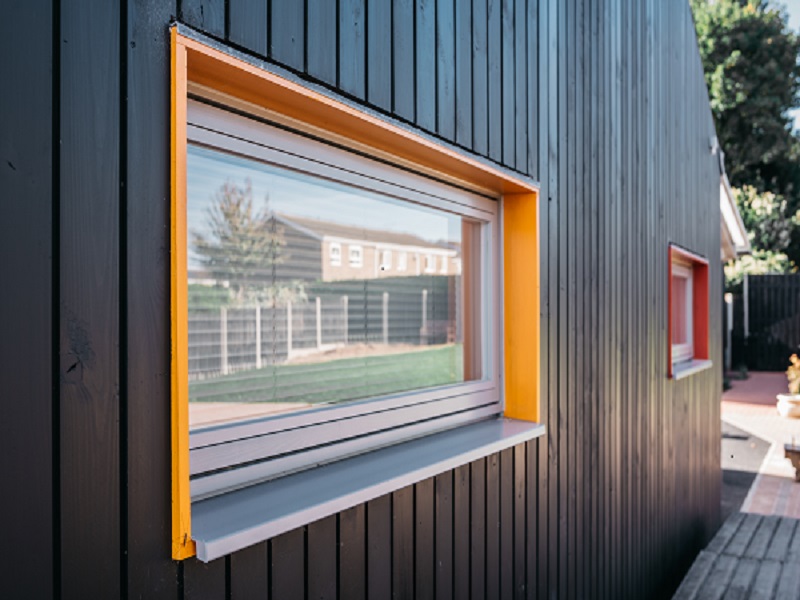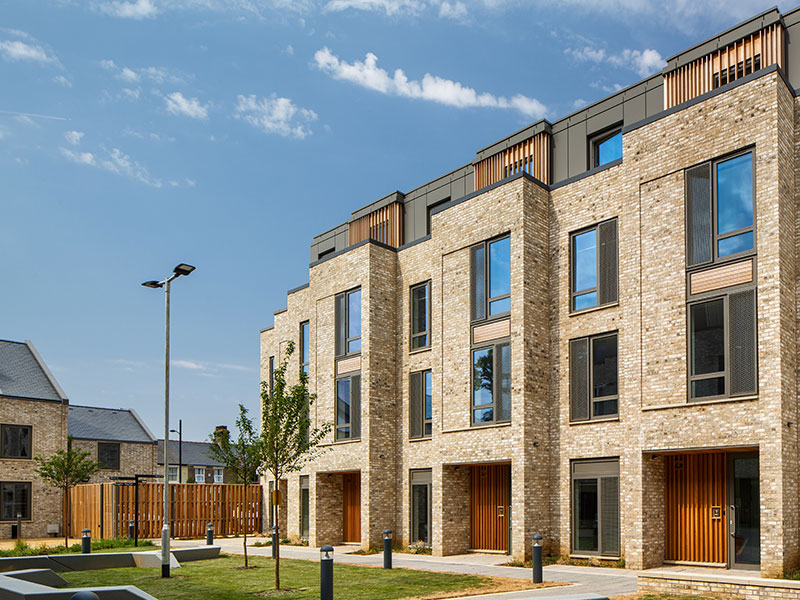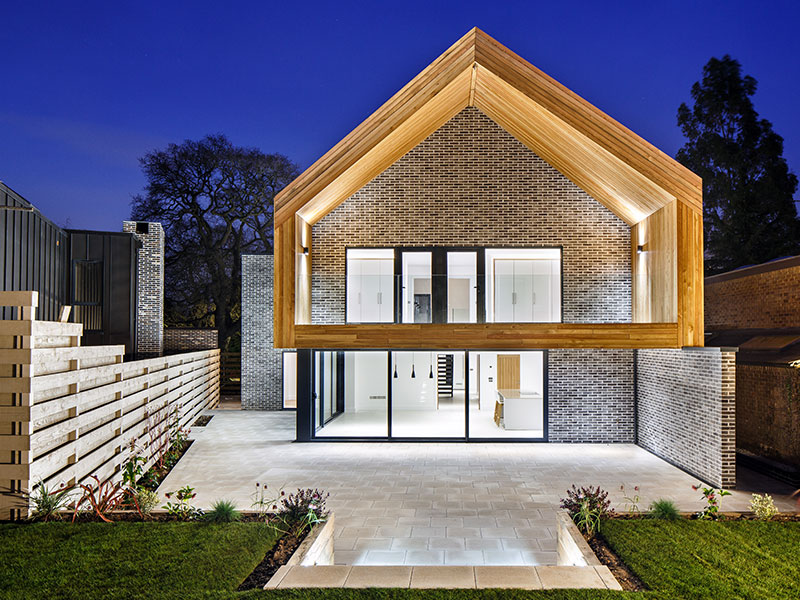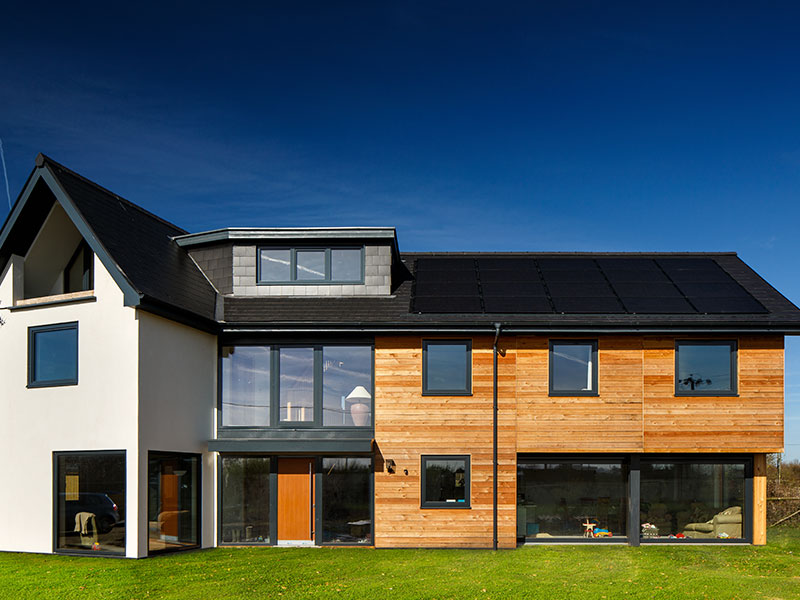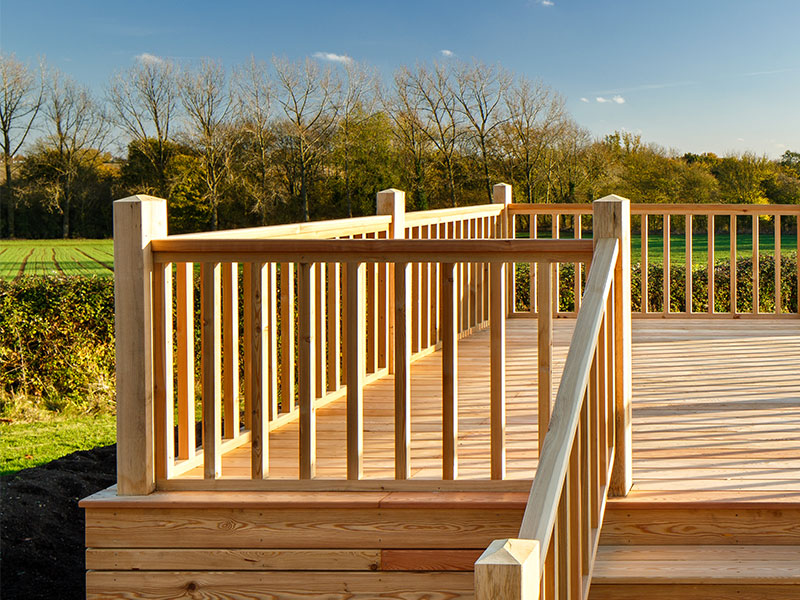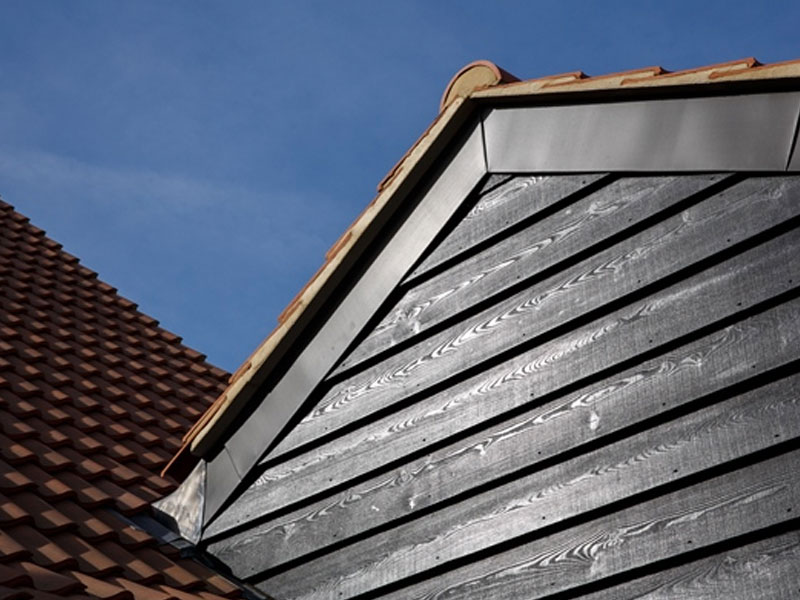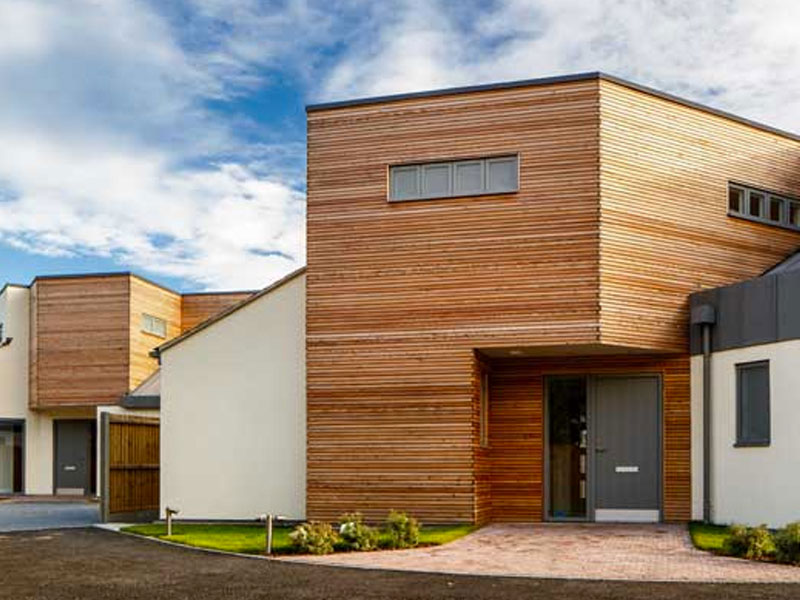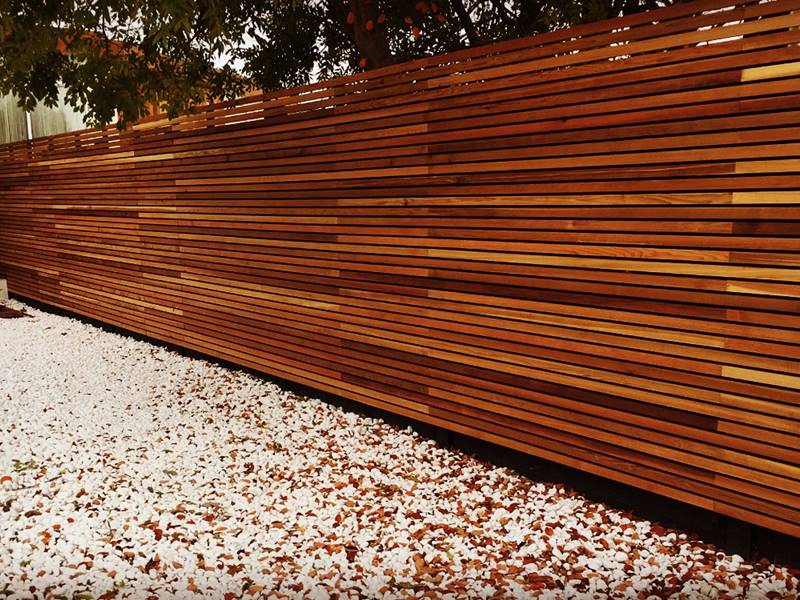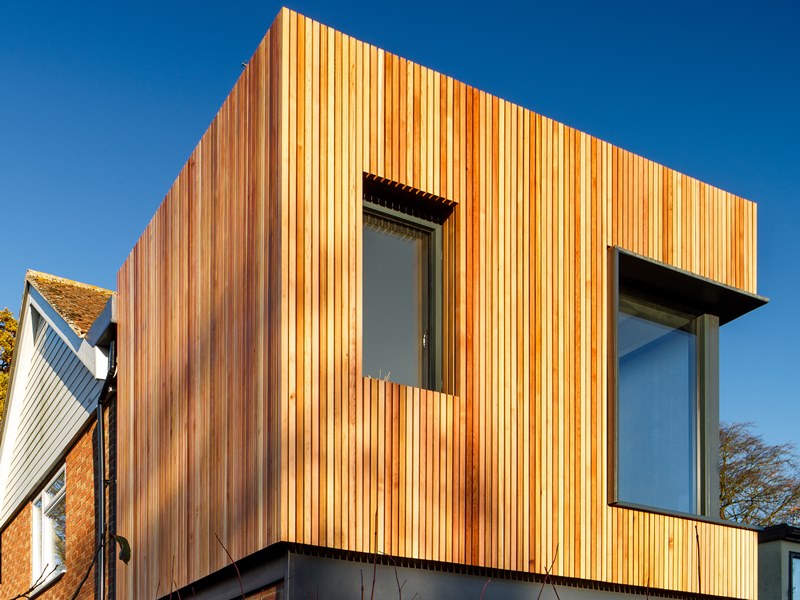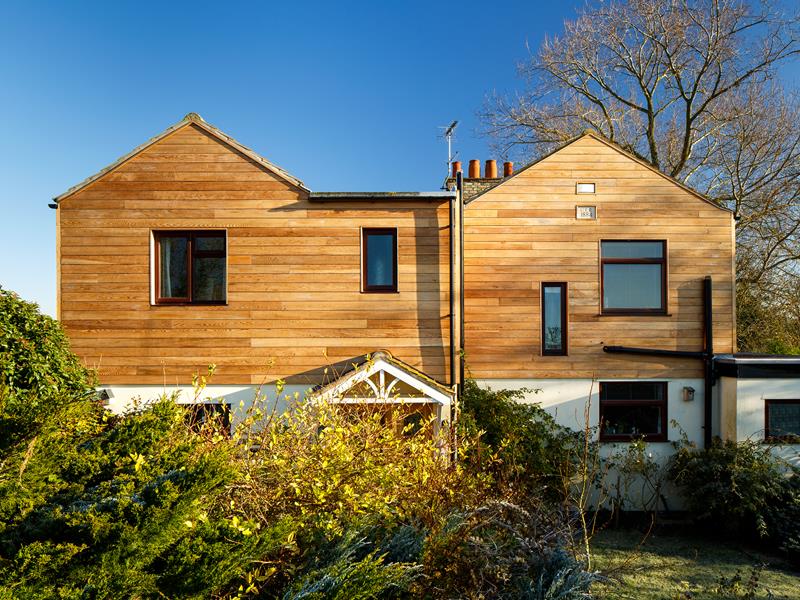Fire Treatment for Timber: What you need to know.
Written in collaboration with PTG Treatments Ltd.
31st May 2024

One of the most important design considerations of any project is the safety of its residents. Recent years have seen heightened focus on fire protection in buildings, and new amendments have confirmed that timber, when property treated with fire retardants, remains a viable and compliant choice under current regulations.
Timber is a sustainable and stylish material, suitable for a wide range of applications. While some uses require no additional fire resistant wood treatment, several factors such as building type and proximity to boundaries must be considered. Building regulations provide a framework to ensure that new buildings, conversions, renovations and extensions, whether domestic or commercial, are going to be safe, healthy and high performing.
Understanding fire treatment terminology
For timber cladding and panelling, the reaction to fire is tested and reported as Euroclass classifications to EN 13501-1 (replacing previous BS 476 terminology). This classification measured properties such as ignitability, spread of flame, heat and smoke production which, if required, can be enhanced by a flame-retardant treatment. Untreated wood-based materials typically have a Euroclass D or E rating which can be improved to Euroclass B or C through factory-controlled flame treatment processes.
While it is not possible to enhance any organic material to Euroclass A, flame retardant treatment for timber significantly enhance safety and is fit for purpose on many applications, including cladding.
The effectiveness of these treatments is documented in the form of a classification report, made up of 3 properties.
- Reaction to fire (Euroclass B or C)
- Smoke production (Indicated by letter s1-3, where 1 is very little)
- Flaming droplets (Indicated by letter d0-2, where 0 is no droplets.)
A standard format typically looks like this: Euroclass B – s1, d0.v

Thermowood Timber Cladding | Millworks timber products can be enhanced by fire retardant wood treatment to meet Euroclass classifications for EN 13501-1.
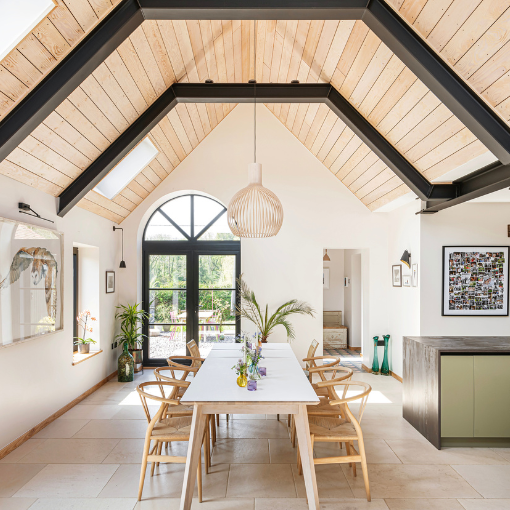
Douglas Fir Internal Panelling | Sentrin systems provide fire retardant treatment for both external and internal timber.
Guidance for fire treatment requirements
To comply with the Building Regulations, it is necessary both to follow the correct procedures and meet technical performance requirements. External walls should be assessed to minimise the risk of fire spread and ignition from external sources, while internal linings should be evaluated to reduce the risk and rate of fire growth if ignited.
Compliance with the building regulations not only fulfils legal requirements but also provides an assurance of quality and safety. A Building Regulations Compliance Certificate confirms that a construction project adheres to the essential standards, offering peace of mind to clients and occupants alike. Depending on your location within the UK building standards for fire regulation differ. Regulations vary between England & Wales and Scotland, so it’s crucial to consult local standards. For detailed information please refer to our FRX page.
Industry recommendations on fire treatment for timber
The WPA, Timber Development UK, and the Timber Decking and Cladding Association strongly advocate that an independent, professional fire risk assessment that considers building design, use, materials and location is essential at the design stage for multi-occupancy and assembly buildings, such as community centres and schools – regardless of height.
Fire retardant wood treatment – Sentrin FRX
According to the Wood Protection Association (WPA), “Wood and wood-based panels can perform well in fire if they have been enhanced using a factory-controlled process to either impregnate them with fire retardant (FR) or apply an FR coating to the surface.”
At Millworks, we use Sentrin FRX fire protection, processed under ISO9001 controlled factory conditions. The treatment process involves pressure impregnation to ensure reliable performance and long-lasting protection without further maintenance, even in fully exposed environments. Fully tested to the latest European Standards and WPA Benchmark approved, this treatment does not compromise on critical timber properties such as strength, durability and hygroscopicity.
Millworks timber products can be specified with classification certified to Euroclass B & C, with evidence that Sentrin FRX will protect against the risk of fire, without maintenance, for the expected service life of timber cladding, typically in excess of 20 years. Sentrin systems are compatible with MillCoat® and Sentrin Chromacoat factory coatings for internal and external use and Millworks continue to invest in research and development to expand our FRX range and coatings.

Thermowood Timber Cladding | Sentrin FRX fire treatment for timber is compatible with MillCoat factory coatings.
To discuss fire protection requirements for your project please get in touch with our team of timber experts on 01223 967733 or info@millworks.co.uk.
The information of this page is for reference only – it is believed to be correct at time of publication and is in line with the latest UK standards. Please consult with Building Control for advice on your project.

